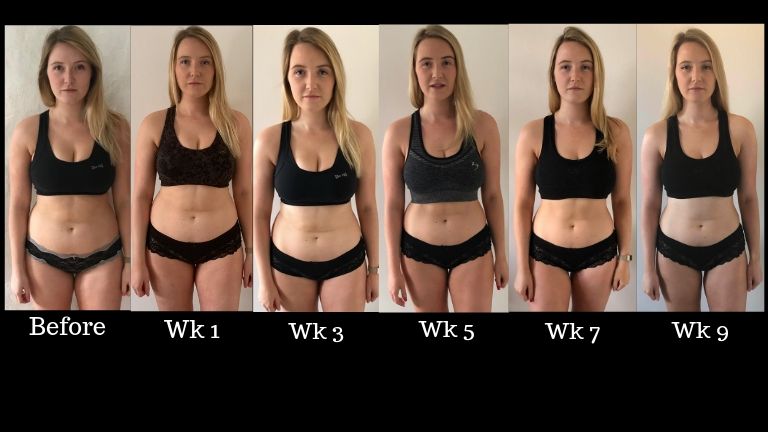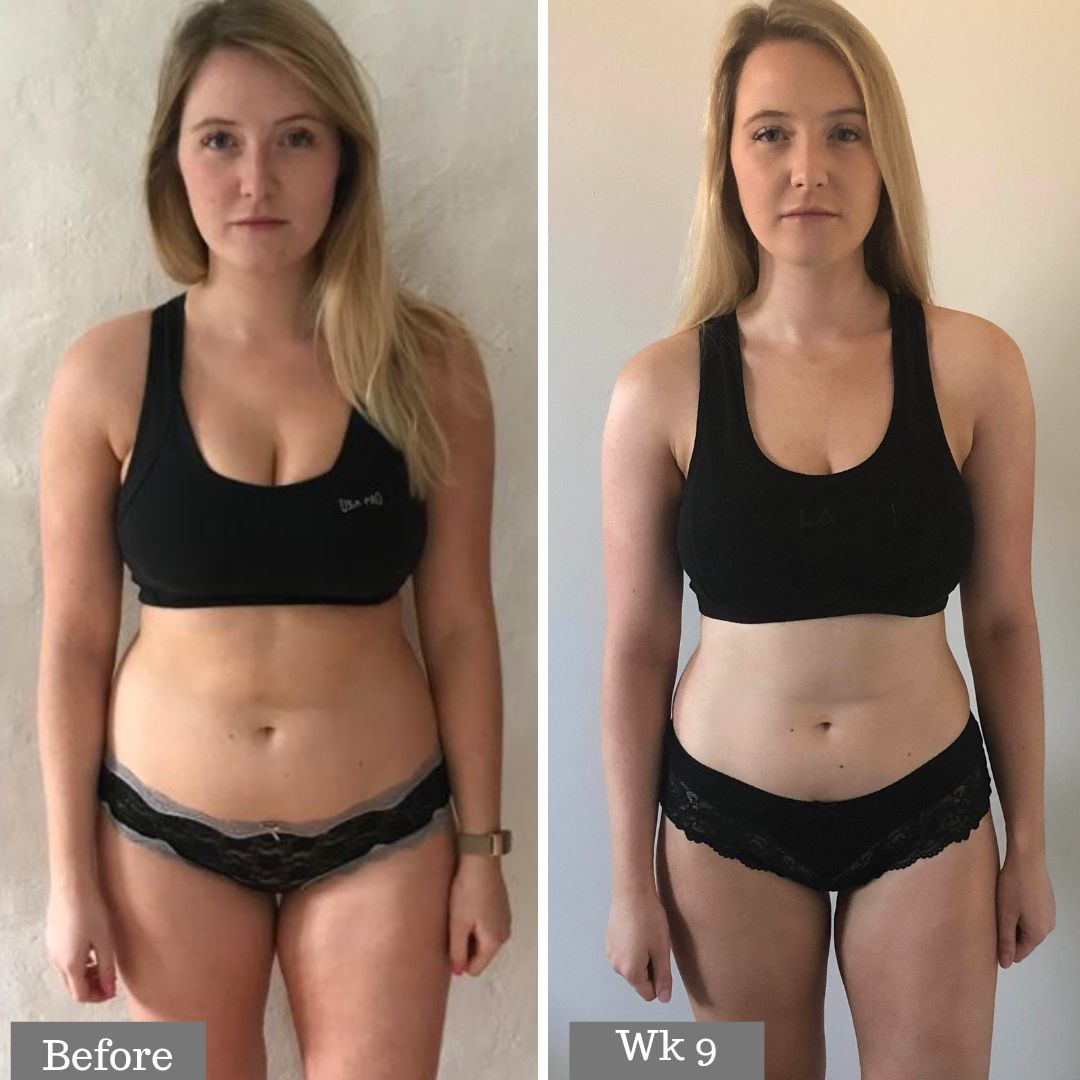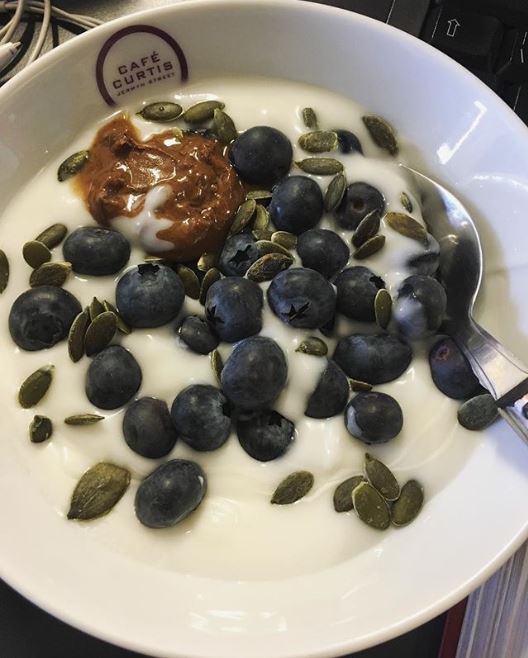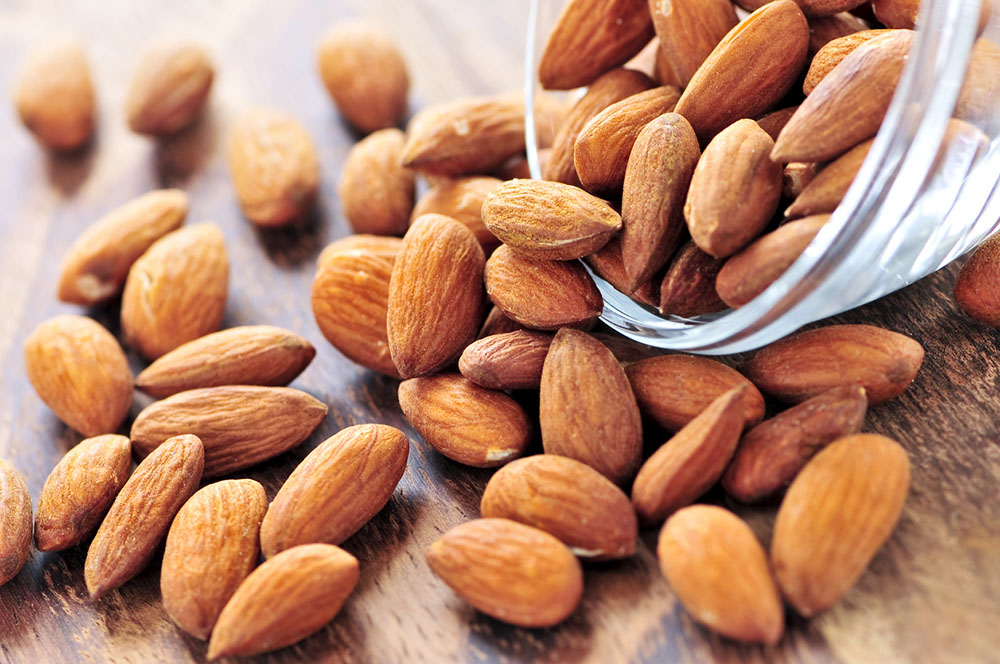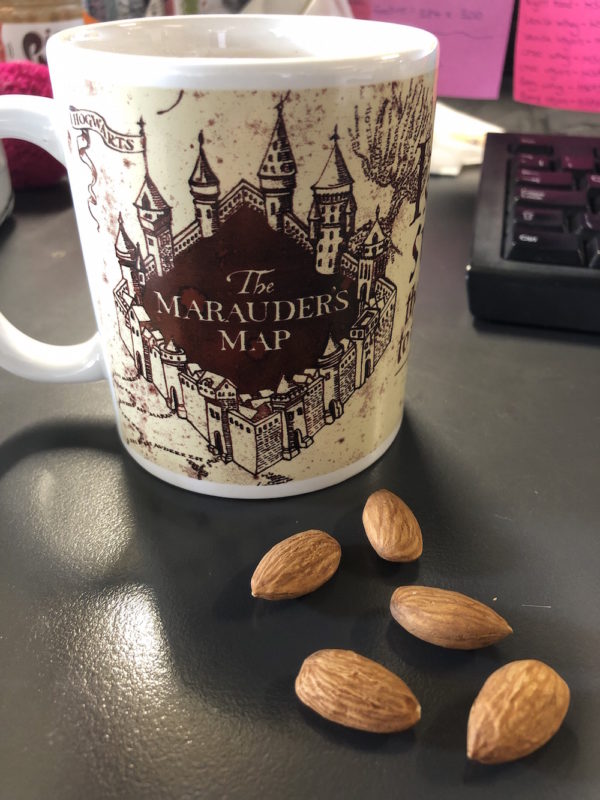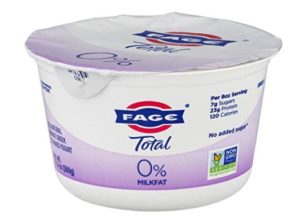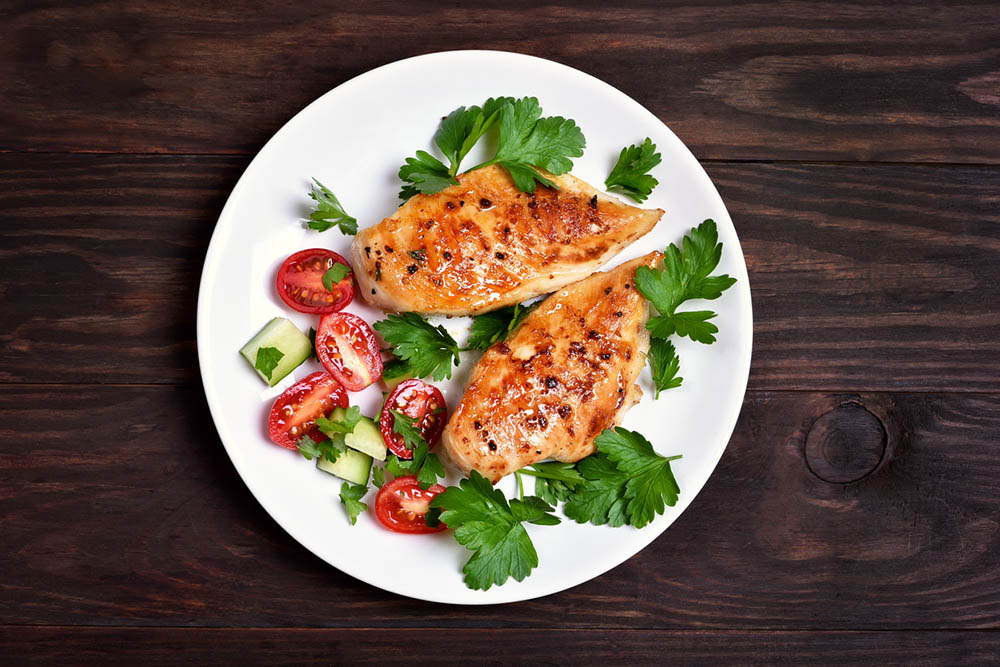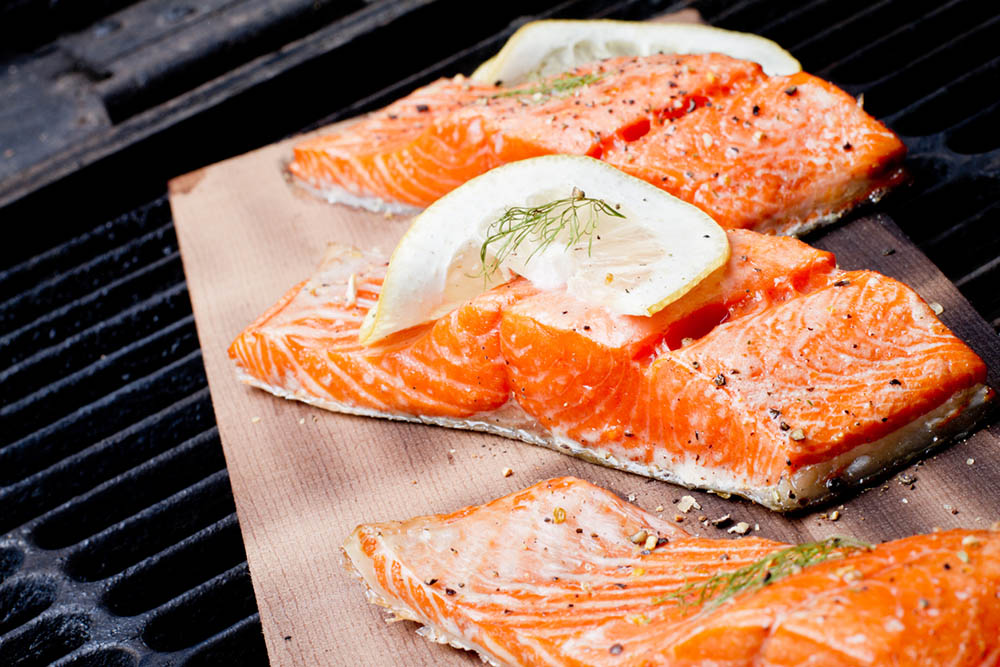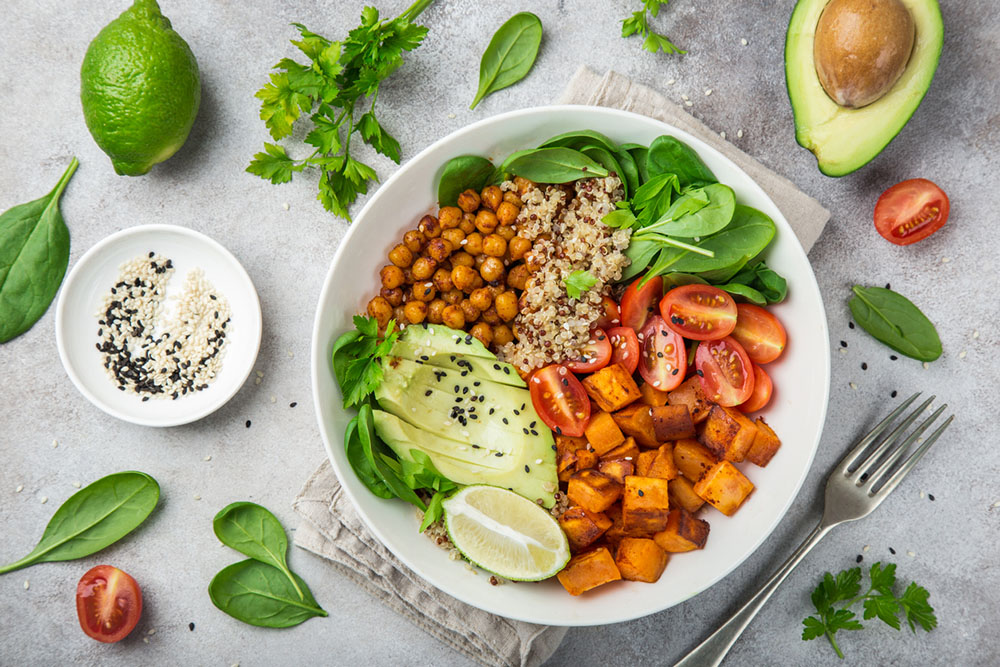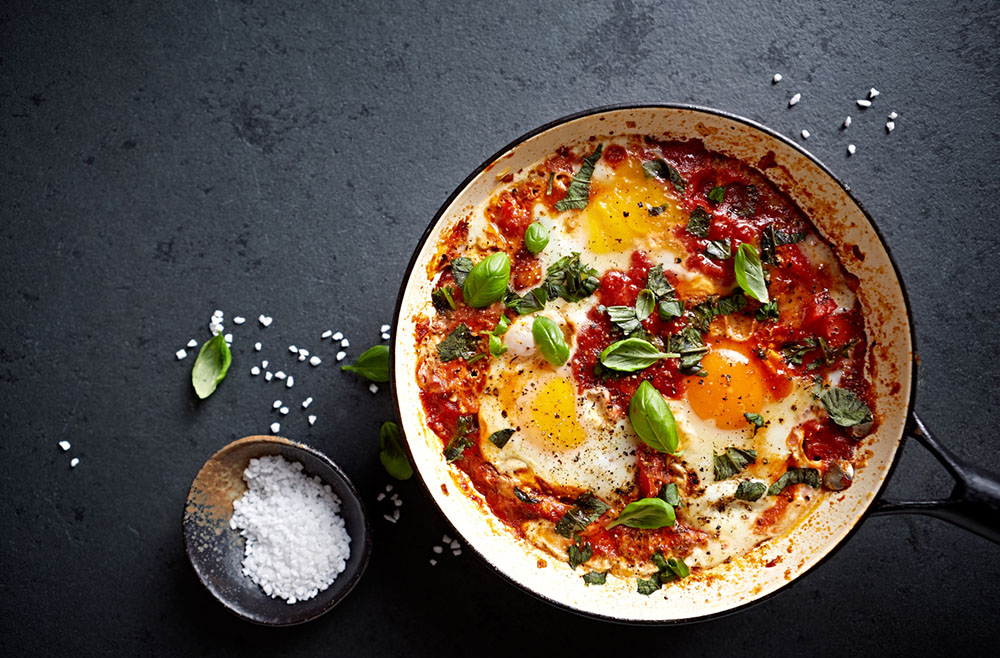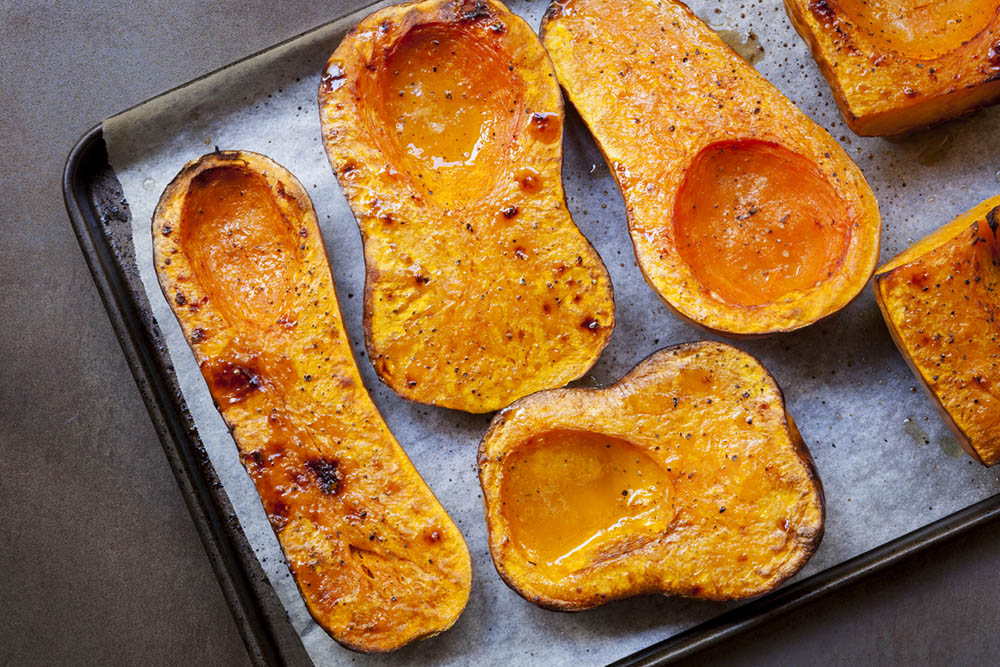Healthista’s Olivia Hartland-Robbins is on week nine of her body transformation at Transition Zone gym and she has lost nearly three inches from her waist and three inches from her hips
So we are in to the final four weeks of my body transformation, and I am feeling stronger and more confident in the gym than ever before thanks to Transition Zone Personal Trainer Mark Stanton.
PT Mark Stanton, joint head of training and development at Transition Zone (Instagram: @insidetrack_pt), also seems to still be pleased with my results this week. Let’s hope I can keep up the good work in these last four weeks.
Read more about my transformation journey so far:
Week one: Body transformation week one – operation FAT LOSS,
Week 2: Body transformation week two – 8 diet rules to live by,
Week 3: Body transformation week 3 – how to get results from the gym,
Week 4: Body transformation week 4 – How to do cardio for weight loss,
Week 5: Exactly what to eat to lose weight – Body Transformation Week 5,
Week 6: Body Transformation week six – 10 sneaky ways to lose weight on holiday,
Week 7: Hit a plateau? This is how to get motivated – Body Transformation Week 7,
Week 8: Body transformation week 8 – The ONLY gym moves you need for serious fat loss
| Before | Week 1 | Week 2 | Week 3 | Week 4 | Week 5 | Week 6 | Week 7 | Week 8 | Week 9 | |
| Weight kg | 68.9 | 67.4 | 66.3 | 65.5 | 64.8 | 64.8 | 64.5 | 63.8 | 63.2 | 63.4 |
| Body Fat % | 27.0 | 25.8 | 24.2 | 24.6 | 23.2 | 22.8 | 22.4 | 23.1 | 22.7 | 21.9 |
| Hips cm | 107 | 107 | 104 | 105 | 104 | 104 | 104 | 102 | 101 | 100 |
| Waist cm | 77 | 75 | 74 | 73 | 71.5 | 71 | 71 | 72 | 70 | 70 |
| Stomach cm | 90 | 88 | 86 | 86 | 84 | 83 | 84 | 84 | 83 | 80 |
| Thighs cm | 56 | 55 | 54 | 55 | 54 | 54 | 54 | 54 | 54 | 54 |
| Overall Weight Loss kg | N/A | 1.5 | 2.6 | 3.4 | 4.1 | 4.1 | 4.4 | 5.1 | 5.7 | 5.5 |
THE foods for weight loss
I have touched on nutrition many times throughout this transformation because I truly believe that it is absolutely one of the most important elements for weight loss.
The mastermind behind my new-found nutrition knowledge is nutritionist Emma Bardwell, who has been helping me with advice and encouraging me to make healthy choices from day one.
Emma Bardwell (Instagram: @emma.bardwell), is a fully registered nutritional therapist with a particular interest in women’s health. In a world of confusing and overwhelming nutrition advice, Emma believes in a no nonsense, evidence-based approach to helping her clients.
Since starting this transformation thaaang, I have noticed that there are some particular foods that have had a noticeable positive effect, not just my weight loss, but also on how I feel about healthy eating in general. So without further ado, here is some of Emma’s no-nonsense nutrition advice that has totally worked for me.
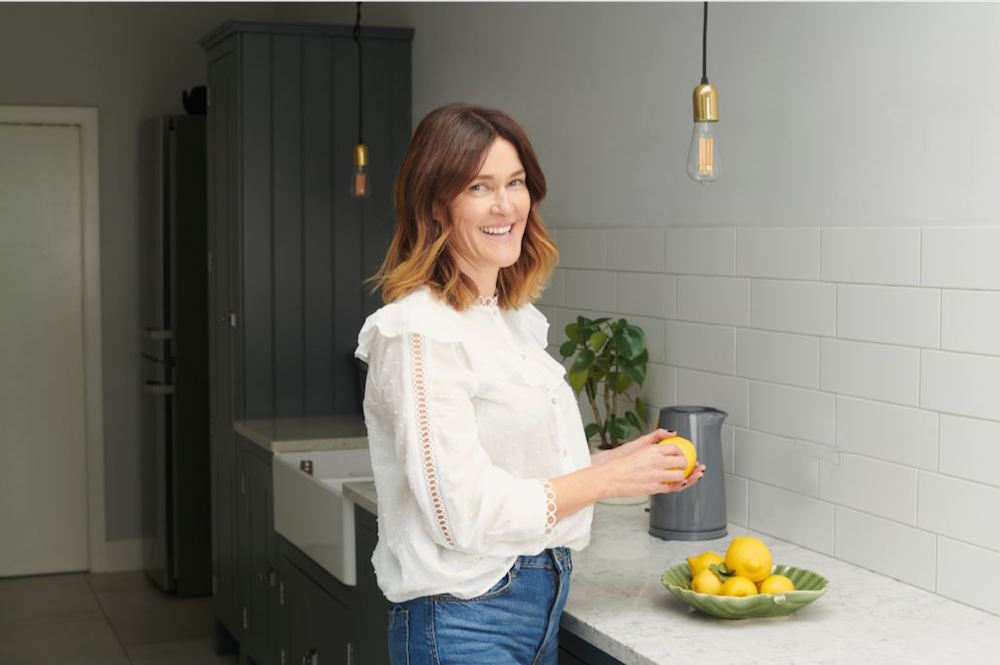
THE Berry – Blueberries
Blueberries are often labelled as a super-food and rightfully so. They are low in calories, convenient, delicious and extremely good for you. Which is great news for me because I have been eating them for breakfast practically every single day during this transformation.
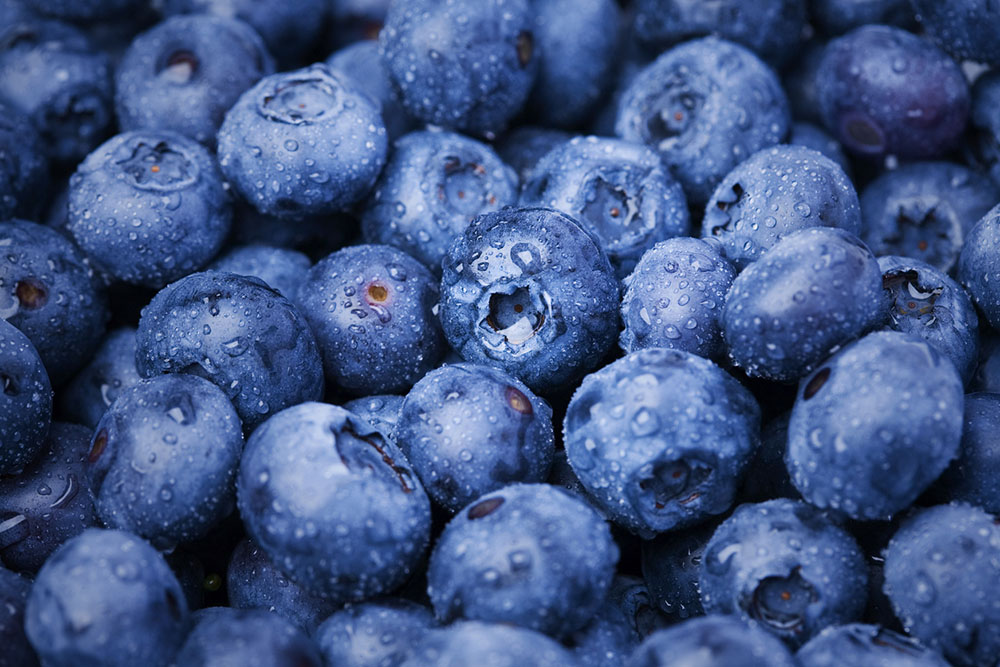
In fact just one cup (190 grams) of blueberries contains:
- 84 calories
- 1.1 grams protein
- 0.49 grams fat
- 3.6 grams dietary fibre
- 24% of daily vitamin C
- 5 % of daily vitamin B6
- 9 milligrams (mg) calcium
- 114 milligrams (mg) potassium
- 9 miligrams (mg) magnesium
To get technical, blueberries contain a type of flavonoid called anthocyanin (that’s what gives blueberries their many of health benefits and their blue colour). Flavonoids are plant compounds that provide a powerful antioxidant effect.
Blueberries have also been directly linked to weight loss. Indeed, researchers at Harvard School of Public Health followed 125,000 people between 27 and 65 for 25 years and found that the more fruit they ate, the slimmer they were.
The biggest impact on their weight loss was from blueberries, strawberries, apples, pears, oranges and grapes. The researchers hypothesised that flavonoid chemicals in the fruit might be responsible for their weight loss and weight management.
Blueberries are also high in fibre (3.6g of fibre in one cup of blueberries). Dietary fibre is commonly recognised as an important factor in weight loss and in weight management, since they act as a sort of ‘bulking agent’ in the digestive system. This helps to prevent constipation and maintains regularity for a healthy digestive tract.
‘High fibre foods also increase satiety (the feeling of being full) and therefore reducing appetite and a person’s overall calorie intake,’ says Emma.
Plus, blueberries are great for your skin thanks to their high vitamin C content. Healthy skin contains high concentrations of vitamin C.
According to a review by dermatologists at Oregon State University, oral supplementation with vitamin C may also help prevent UV-induced skin damage, skin wrinkling and may also benefit dry skin and wound healing. Try, Vitabiotics Ultra Vitamin C, £5.95
But vitamin C isn’t just great news for your skin, vitamin C is important for collagen formation and also supports the structure and function of bones, joints, cartilage, teeth, gums, blood vessels and skin. So it’s an all rounder. All the more reason to add vitamin C rich blueberries to your diet.
THE Nut – Almonds
I am a snacker, unfortunately, especially when it comes to crisps and biscuits (which aren’t exactly good for you let’s be honest). However, that was until I discovered almonds, which are especially good with a cup of tea by the way…
Unlike crisps and biscuits, almonds have an abundance of health benefits, plus they have an impressive list of nutrients too.
A 1-ounce (28 gram or 23 almonds) serving of almonds contains:
- 161 calories
- 6 grams of protein
- 3.5 grams of fibre
- 14 grams of fat (9g of which are monounsaturated)
- Vitamin E: 37% of the RDI
- Magnesium: 20% of the RDI
As you can see from the stats, almonds are a great source of vitamin E, magnesium, and high-quality protein. They also contain high levels of healthy unsaturated fatty acids. All things needed for a healthy diet.
Almonds are said to keep you feeling fuller for longer thanks to their essential fatty acids and high protein content. Indeed, a four-week study on 137 participants showed that a daily 1.5-ounce (43-gram) serving of almonds significantly reduced hunger and the desire to eat.
What’s more, another study on 100 overweight women found that those who consumed almonds lost more weight than those who were on a nut-free diet. The almond-eating women also showed improvements in waist circumference.
‘Almonds are also a great source of magnesium,’ explains Emma. During exercise we use our calcium stores to facilitate muscular contractions, and as we sweat, we start to lose potassium, sodium and magnesium. This results in an imbalance which can also give rise to painful cramps after exercise or DOMS (Delayed Onset Muscle Soreness) as they are also known.
So, instead of your usual mid-morning or mid-afternoon snacks of chocolates, crisps, biscuits etc, Emma suggests to have a handful of almonds at each snack time instead. They will keep you fuller for longer and top up your magnesium levels, which is essential when exercising.
If you still find you are achy after exercise (even with all your almond snacking) try a magnesium supplement, such as Ultra Magnesium from Vitabiotics, £5.75.
THE Yoghurt – FAGE 0% fat
FAGE (pronounced ‘fa-yeh’) is my favourite thing I have learnt to eat during this transformation. Not only is it a really delicious, thick and creamy yoghurt but it’s also high in protein and low in sugar. But the best part about it? It literally fills me up for HOURS. And I have Emma to thank for recommending it or I probably would just go for a bog standard Greek yoghurt.
Honestly, whenever I start my day (which is everyday) with some FAGE yoghurt, blueberries, pumpkin seeds and peanut butter I will literally stay full for three to four hours.
FAGE is an all natural Greek strained yoghurt. It is also made with live active cultures to help regulate your gut bacteria. Normally when buying a 0 percent fat yoghurt they are higher in sugar to make sure that it still tastes ok.
But FAGE is super low in sugar, with no artificial flavours, no artificial sweeteners, no preservatives and no protein powder.
100 grams of FAGE 0% fat yoghurt contains:
- 54 calories
- 3 grams sugar
- 10.3 grams protein
- 120 mg calcium
Made with only naturally occurring milk sugar and live yoghurt cultures, meaning it’s full of good probiotics. Plus it’s packed with protein, calcium, vitamin D and potassium, all essential healthy nutrients.
The exact reasons aren’t yet fully known, but scientists now believe that probiotics may have the ability to reduce the amount of fat your body absorbs from your diet. Other studies found that participants given probiotic-rich foods or supplements, lost more weight than those given a placebo.
A 2015 study in particular, found that purposely overfed participants given probiotics gained about 50 per cent less body fat than overfed participants who were given a placebo. This suggests that a probiotic-rich diet may even help in preventing weight gain.
THE Meat choice – Organic Chicken
I have been eating a lot of chicken during this transfomation, but that hasn’t been a bad thing for me. I love chicken and quite frankly you can do a lot with it.
Chicken is well known for being very high in protein, that’s why all the body builders live on the stuff. In 100 grams of lean chicken there is around 30 grams of protein. The white meat, including the breasts and wings are the leanest parts.
According to government guidelines, your protein consumption should be 0.8g per kilogram of body weight. For an average sedentary woman, this is around 46g of protein per day (56g for men).
‘This is a minimum daily average and should be considered a starting point,’ says Emma. ‘Your protein requirement will be based on your personal health goals, lifestyle and other factors such as activity levels, age, muscle mass and current health status need to be considered’.
Here are some recommendations for protein needs:
If you’re an average healthy woman with a sedentary lifestyle: 1.0g/kg of body weight.
If you exercise regularly: 1.1-1.6g/kg of body weight.
If you’re very active and focusing on resistance training for around an hour a day: 1.2-2.0g/kg of body weight.
If you want to lose weight and training/exercising around three times per week: 1.2-1.5g/kg of body weight.
If you’re an endurance athletes: 1.3-1.6g/kg of body weight.
Protein is absolutely essential to the human body because it contains amino acids that are the building blocks of all our cells, that our bodies can’t make on their own.
Protein also helps the body to build lean muscle tissue and it gives the body shape, which is great when you’re training hard because it means you don’t get any muscle wasting, but instead are constantly fuelling your muscles to shape and grow.
‘Another key benefit of protein at each meal is because it helps keep you fuller for longer. That means having protein at each meal and snack translates to fewer calories between eating opportunities,’ suggests Emma.
THE Fish choice – Salmon
Why salmon? Well because it’s delicious duh. No really, it’s one of my FAVE things to eat, and the good news is, it’s SO incredibly good for you.
Emma suggested that I aim to eat 90 grams of protein on the days that I am working out. Which should be easy considering one medium chicken breast contains 35 grams of protein, 100g of FAGE yoghurt contains 10 grams of protein, one medium salmon steak contains 30 grams of protein and one boiled egg contains 6 grams – totally doable.
3 ounces (85 grams) of cooked salmon contains:
- 175 calories
- 10.5 g of fat
- 0 g of carbohydrate
- 18.79 g of protein
Salmon is a fantastic alternative to protein sources such as chicken or beef, it still provides ample protein but has a far less saturated fat content, making salmon an ideal protein source for maintaining weight loss.
Apparently, consuming salmon often can actually help you lose weight and keep it off (this is the best news ever omg). ‘Like other high-protein foods, salmon helps to regulate the hormones that control appetite and make you feel full,’ explains Emma.
Research suggests that the omega-3 fats in salmon and other fatty fish may promote weight loss and decrease belly fat in overweight individuals.
THE Veggie choice – Chick peas
Whenever I think of chick peas I think of houmous, but actually chick peas are just as delicious on their own. And have you ever roasted them? Just delicious.
Chick peas are also pretty good for you, I have been adding them to my mass roasted vegetable trays and salads wherever I can. They are rich source of vitamins, minerals and fiber, meaning they offer a range of health benefits, such as improving digestion, aiding weight management and reducing the risk of some diseases.
Most importantly, chickpeas are high in protein, making them an excellent replacement for meat in both vegetarian and vegan diets.
A 1-ounce (28-gram) serving of chickpeas provides:
- 46 calories
- 8 grams carbohydrates
- 2 grams fibre
- 3 grams protein
‘Canned pulses like chickpeas are a cheap way to add a serving of carbs as well as bulking out meals and adding protein and key minerals such as iron, calcium and zinc to your diet,’ suggests Emma.
In a review of 26 studies in 1,037 people, eating an average of 130 grams of cooked pulses daily for at least three weeks resulted in lower ‘bad’ LDL cholesterol, compared to control diets, that equaled a 5% reduction in LDL over time.
Similar to other foods in the article, chick peas are a great way of keeping your appetite under control as they help you to feel fuller for longer (are you seeing a pattern here?).
Protein and fibre work together to slow digestion, which helps promote fullness. In addition, protein may increase levels of appetite-reducing hormones in the body, such as ghrelin. The filling effects of the protein and fibre in chickpeas may automatically lower your calorie intake throughout the day and at meals.
Additionally, one study compared appetite and calorie intake among 12 women who consumed two separate meals. Before one of the meals, they ate one cup (200 grams) of chickpeas, and before the other meal, they ate two slices of white bread. The women experienced a significant reduction in appetite and calorie intake after eating the chickpeas before a meal, compared to eating white bread before a meal.
Another study found that those who ate an average of 104 grams of chickpeas daily over a 12 week period, reported feeling fuller and eating less junk food, than when they didn’t eat chickpeas.
THE Versatile choice – Eggs
Is there really anything more delicious than a freshly poached egg? The humble egg is often described as ‘a powerhouse of nutritional goodness’. And that’s not just because they taste fantastic. I have been eating boiled eggs for lunch, having them in Shakshuka for dinner and poached or scrambled eggs on the weekends when I have more time to cook.
These ‘powerhouses of nutritional goodness’ are called so because eggs are nutrient dense and full of things that are vital for both our body and our brain. In fact, eggs are probably one of the most nutritious foods out there that you can eat.
For starters, ‘eggs are a great source of protein – around 6 grams per medium egg. They are also full of essential fats, antioxidants and vitamins such as A, D and E, and minerals such as folic acid and iron,’ reveals Emma.
Not only are eggs good for us, but they are also good value for money. There really is a reason university students will always have eggs in their fridge. Eggs are cheap and you can do a whole load with them; poached eggs, scrambled eggs, fried, baked, boiled, omelettes, deviled, steamed, frittatas, quiche and even cake, need I continue?
The fact that eggs keep you feeling fuller for longer (especially if eaten for breakfast) has been proven in many different studies.
In one study, researchers compared the effects of eating three eggs at breakfast, compared to those having a low-fat bagel breakfast. They then measured participants’ blood sugar as well as their levels of appetite hormones over the three hours following breakfast.
The study, published in the journal Nutrition Research reported that the subjects were less hungry and consumed fewer calories at lunch after their egg breakfast, as well as less food over the next 24 hours. Moreover, their levels of ghrelin (a hormone known to stimulate hunger) were also suppressed.
eggs are a great source of protein – around 6 grams per medium egg
As well as a good breakfast choice, eggs are also a great lunchtime choice. Another study published in the International Journal of Food Sciences and Nutrition showed that an egg-based lunch can help people feel fuller for longer compared to other typical ‘healthy’ lunches.
The study compared the effects on appetite of a two-egg omelette with bread and salad versus a jacket potato with cheese and salad or a chicken salad sandwich, each containing less than 350 calories in total. The authors concluded that the consumption of eggs for lunch had a stronger effect on satiety than any of the other typically consumed carbohydrate-based lunches.
Not bad for something that only contains 66 calories (that’s less than a medium apple by the way). So why not make yourself some dippy eggs and soldiers for breakfast tomorrow?
THE Carb – Butternut Squash
No carbs before Marbs, but butternut squash should be just fine. For this transformation I knew it would be hard to say goodbye to the pasta and bread. But actually since falling in love with butternut squash I am so totally not bothered.
Nutrient dense complex carbs such as, sweet potato, butternut squash, quinoa, brown rice, oats and cous-cous are all great carbs that provide me with energy I need to train hard and are good fuel in the tank to get me through the day.
Plus, substituting rice with more butternut squash, which contains more nutrients, means I won’t spike my blood sugar. That way I will still feel full after a meal and won’t be battling cravings.
One cup (205 grams) of cooked butternut squash provides:
- 82 calories
- 22 grams carbs
- 2 grams protein
- 7 grams fibre
- Vitamin C: 52% of the RDI (Recommended Daily Intake)
- Vitamin E: 13% of the RDI
- Magnesium: 15% of the RDI
- Potassium: 17% of the RDI
When we eat carbs, they undergo a process of digestion, absorption, and conversion into glucose. All the carbs we eat are converted into glucose and are sent out into the blood or stored as glycogen – a bunch of glucose molecules linked together and stored for when they are needed for energy, in either the muscles or liver.
Complex carbs, like my favourite butternut squash are converted more slowly, they don’t spike your blood glucose like sugar or white bread and so you get longer lasting energy. And without the craving that so often follow a piece of white toast or bag of crisps.
‘Butternut squash is a perfect example of a complex carb that provides a slow release of carbohydrates that are also full of beta carotene,’ adds Emma.
Importantly, butternut squash contains both insoluble and soluble fibre. Soluble fibre has been associated with fat loss as it has been shown to reduce your appetite.
Additionally, a study on 252 women found that for every one gram increase in total dietary fiber, their weight decreased by 0.55 pounds (0.25 kg) and their fat decreased by 0.25 of a percentage point.
So, the bottom line? Adding butternut squash to your meals is an excellent way of decreasing hunger and boosting your fiber intake and it will make your meal ten times more tasty.
THE Sweet Treat – Nibble Protein Bites
OK so back to the snacking. We’ve discussed why almonds are so great but sometimes you just need something sweet right?
That’s where Nibble Protein bites come in. And before you tell me that protein snacks still contain loads of sugar you can stop right there, because Nibble Protein bites are actually low in sugar, but still high in protein, making them the prefect guilt free snack.
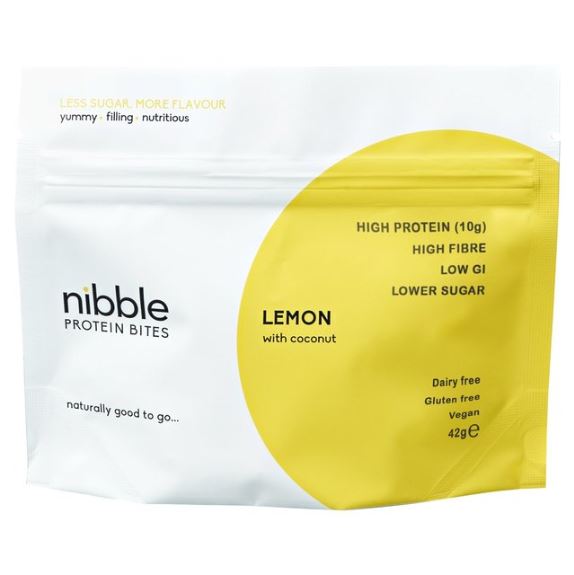
- 171 calories
- 10 grams protein
- 6 grams sugar
Come back every week to read Olivia’s week by week diary of her weight loss transformation with Mark Stanton and Emma Bardwell at Transition Zone.
Get 15% off Personal Training at Transition Zone – Register your goals and quote HEALTHISTA
For a free 15 minute introductory call to talk about goals, symptoms and expectations click here. And for new client offers click here. Follow Transition Zone on Instagram or see their website and latest newsletter for more information.
More Healthista Content:
9 nut butter obsessed Instagram stars share their snack hacks
How to stop addictive behavior – 4 steps therapists use
5 natural fixes for joint pain proven by science
6 signs your partner will cheat again
Like this article? Sign up to our newsletter to get more articles like this delivered straight to your inbox.



